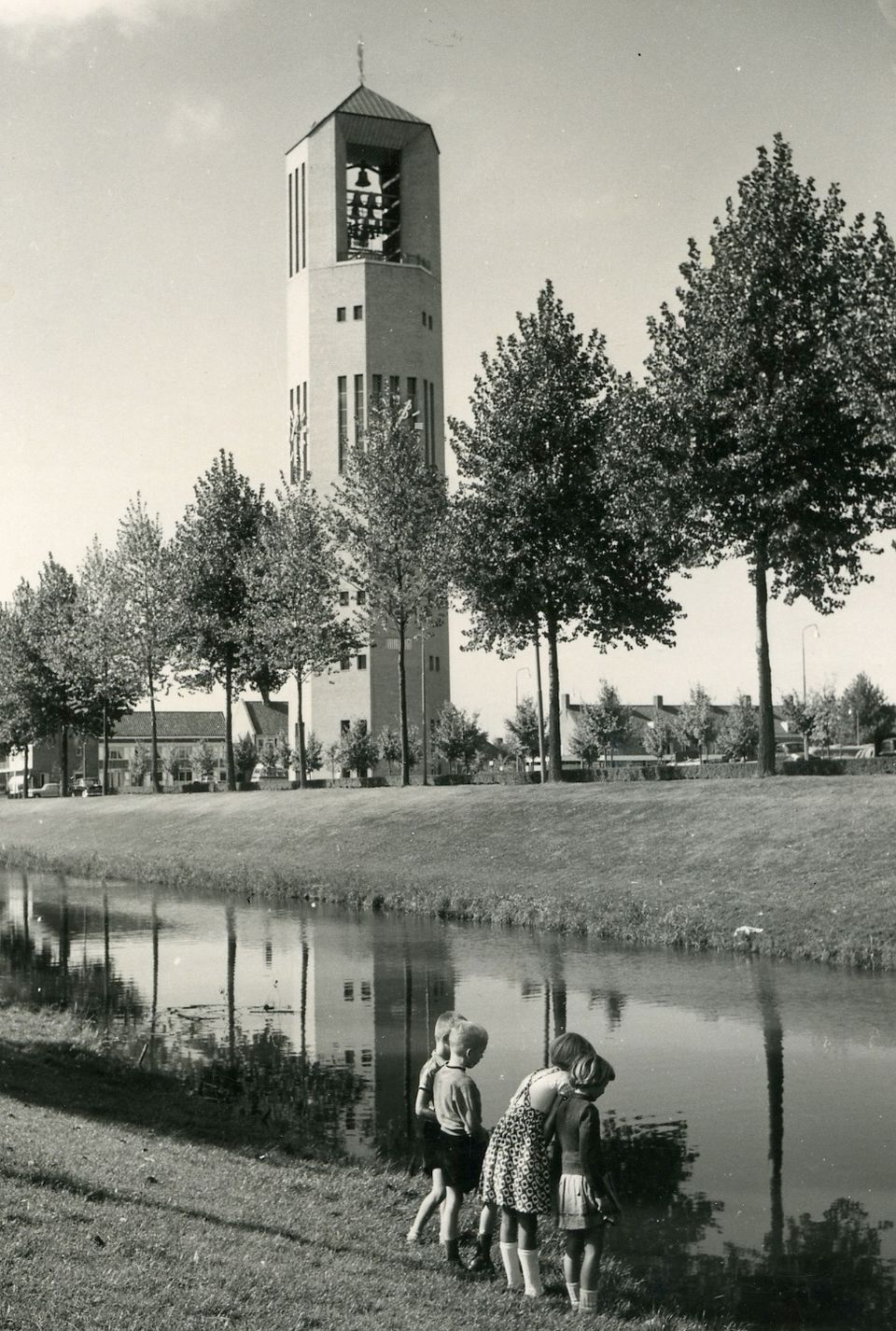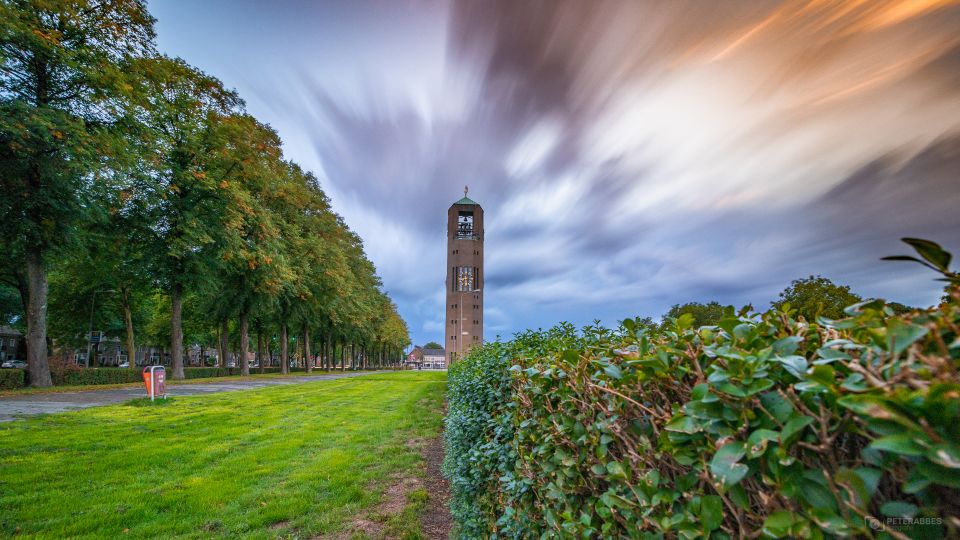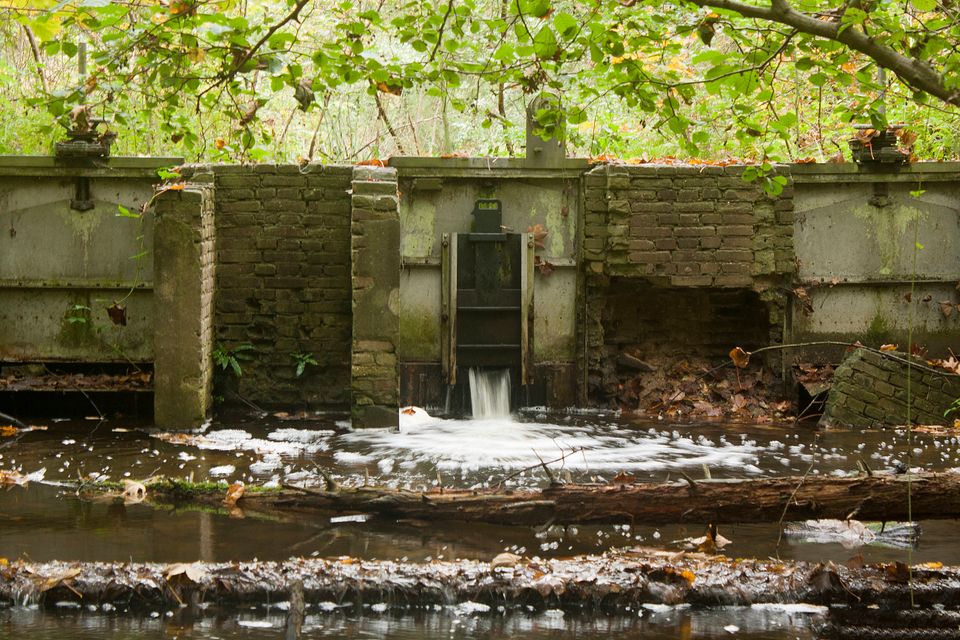In the Noordoostpolder the water is still being tamed every day. The Zuiderzee has not given up the fight even after decades of being drained. That struggle between man and water is visible all around here. There are kilometres of dykes protecting our polder. And sluices, which reveal how far below sea level we really are. The pumping stations remove millions of litres of water every day from the polder. But there is also our water heritage, which we cherish. For example, climb our characteristic Poldertoren, visit the former Zuiderzee islands of Urk and Schokland, and wander through the amazing Waterloopbos woods where the Netherlands learned to work with the water.
In 1950 a competition was held to design the Poldertoren. The Amsterdam architect H. van Gent won it in 1951 with his design ‘Utilis’. This formed the basis for the final design in 1954 that was constructed by H. Fokkens. The Poldertoren in Emmeloord was built between 1957 and 1959 as a symbol of the victory over the water and the unity of the polder residents. The 65.3 metre high tower was a water tower as well as a watch tower and carillon tower. It stands exactly in the heart of the Noordoostpolder and is traditionally a beacon in the new land, which can be seen and heard from miles around.

High up, there is a viewing platform with a breath-taking outlook over the polder. Plus you can see the carillon with its 48 bells. One of them functions as a warning bell. And on the very top of the Poldertoren there is a gold-plated copper windvane in the form of a cog ship. It’s a reminder of times long ago when this type of ship sailed over the Zuiderzee.
More about the Poldertoren
“ A FINE PIECE OF ENGINEERING ”
The Rijksmonument Waterloopbos is not only a fine wood to wander in, it has a special history. The Hydraulics Laboratory conducted years of research there into the way water functions. The wood is littered with the ruins of scale models of 30 huge waterworks from around the world.

The Deltawerken were designed there, for example, as were the ports of Rotterdam, Lagos, IJmuiden, Istanbul and Bangkok. With water, dams, weirs and wave machines, reality could be recreated in the wood. Since the engineers’ departure, nature has gradually reclaimed the hydraulic models. This has produced a unique interaction between technology and greenery.
Visit the Waterloopbos
The Waterloopbos houses the gigantic artwork Deltawerk// by RAAAF and Atelier de Lyon. It is a tribute to the Delta flume, which was built in the woods at the end of the 1970s. In this almost 200 metre long concrete colossus, waves metres high were created, with which the flood barrier in Zeeland was tested.
More about Deltawerk//